Dean’s been back in touch – this time he shows us how to clean your track:
“Hello, Al, from Dean in New Mexico.
It’s been a while since I wrote as I’ve been involved in other things.
Here is a short submission on methods I have gathered about cleaning model railroad track that I use on my N-scale layout.
This is a 4-step system that works for me.
A warning: unless absolutely necessary, never use sandpaper or files to clean the track as this leaves tiny scratches that collect dirt and grime.
Step 1: use a solvent such as ethanol, isopropyl alcohol, or acetone (may attack some plastics) to clean off large amounts of gunk.
The gunk can accumulate when you use scenic cement or dilute white glue to set your ballast and scenery.
I apply it to the rails using Cosmetic Wedges from a grocery store.
These are small foam wedges that cost about $0.06 each and are handy for lots of things.
Apply some solvent to the wedges and rub the track.
Step 2: Some time ago, I bought the Woodland Scenic Rail Tracker Cleaning Kit. It includes two abrasive pads, a “Rescue Pad” (use sparingly) and a “Maintenance Pad” (use more often as needed).
The pads have slots that fit over N-scale or HO scale tracks. They can be purchased separately (Amazon) at a lower price then the kit.
Step 3: Chemical cleaning. I use CRC QD Electronic Cleaner (available from Amazon). This cleans the track, leaves no residue, and is safe for plastics. I apply it with one of the cosmetic wedges.
Step 4: Finally, I apply a thin coat of NO-OX-ID “A Special” (also available from Amazon) —the “A Special” in the name is important.
This has been recommended by several members of the model railroad community. It’s a light grease that comes in a small tin and can be applied with one of the wedges or a Q-tip.
As you run your trains around the layout, it will help to distribute the grease.
Here is a video that shows this 4-step process:
A big thanks to Dean. There are lots of different ways to clean your track – whenever I get a post like this I always think of Kim’s track cleaner, which is here:
Now on to Jeff.
He’s another one proving that your layout can be whatever you want it to be:
“I started with HO gauge trains back in the 1970’s before I came down with Leukemia during 1981-1987.
My first set was simple Styrofoam foam based that was roughly a 5×5 up over around and down. Basic Atlas track. A few buildings it came with a Milwaukee f9 diesel, two cars a gondola and the original caboose I still have 45 years later.
I picked up few odd ball cars from a local mom and pop hardware on main street which turned into the villages first chinese restaurant. I have a Tropicana car from those days with plenty of matchbox still to this date.
My biggest layout was a 12 X 5 X 4 X 8. I went from Atlas track to Backman’s easy track and have done semi permanent layouts over the decades. My current layout takes up my living room.
It’s a 7.5 X 8.5 layout.
I have 54 combination switches and 49 are on the layout currently as I have the city in the middle and working yards and industries all over with run through double ended tracks and stub ends on some.
I grew up with Pennsylvania New York Central before they merged into Conrail.
All my layouts have been semi-permantent as I have not done the electrical wiring as I will run a layout for so long then created something different for the next one, though if you would like me to send videos and pictures of my current set up it roughly has about thirty percent of my cars engines buildings on it with a couple hundred trees of all colors and sizes to boot.
I have enough track if my apartment was bigger I could easily fill a 10 X 10 X 10 ft or a 20 X 4 feet if I used all my tracking.
Jeff”
A big thanks to Dean.
That’s all for today folks.
Please do keep ’em coming because I enjoy them as much as lot do.
And if today is the day you press the fun button and get started on your layout, the Beginner’s Guide is here.
Best
Al
PS Latest ebay cheat sheet is here.



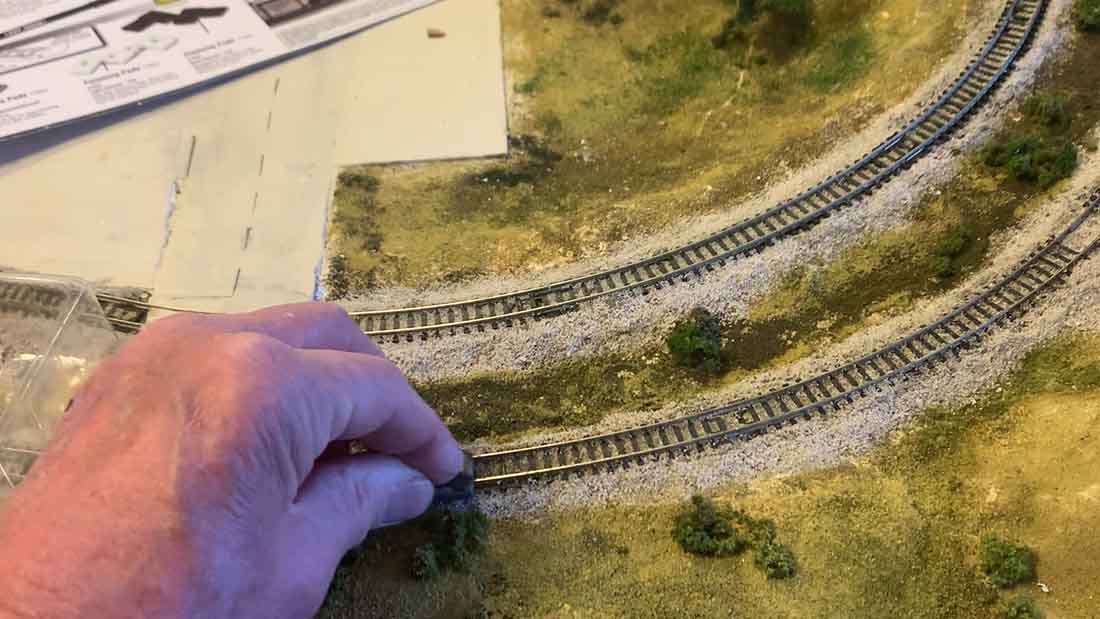
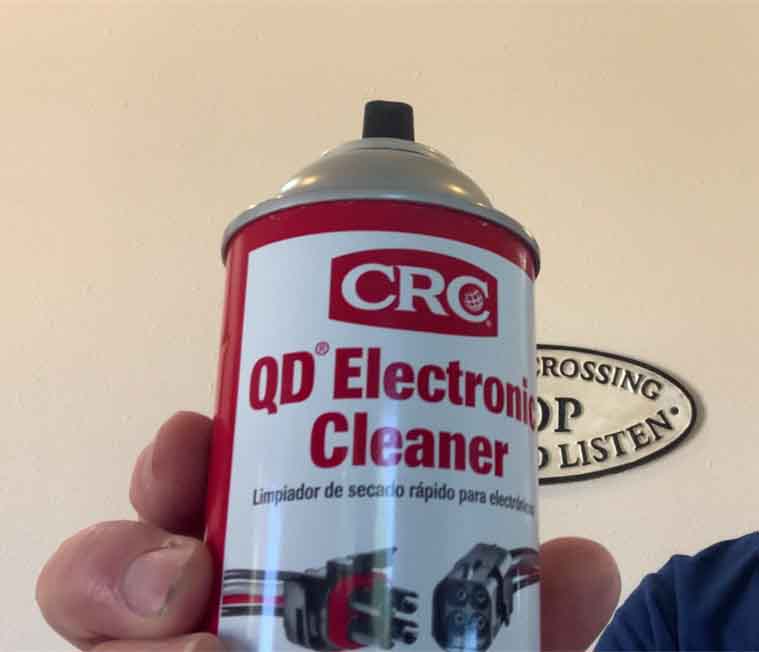
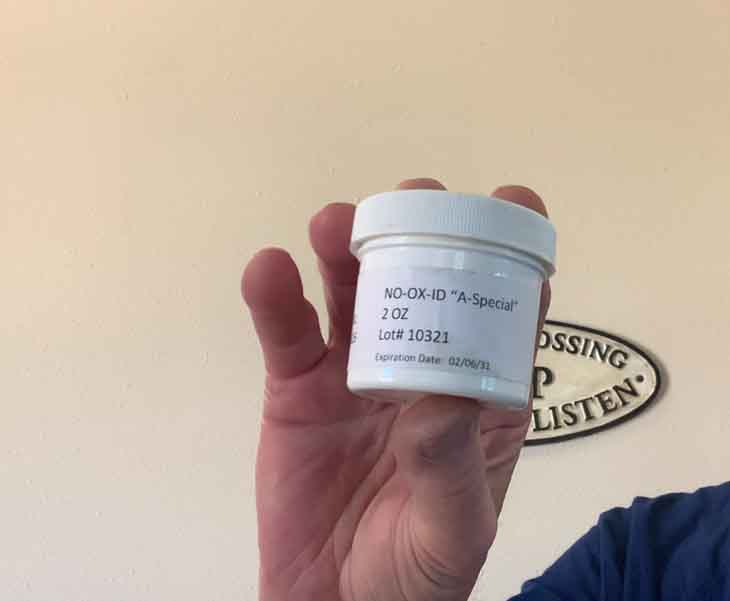
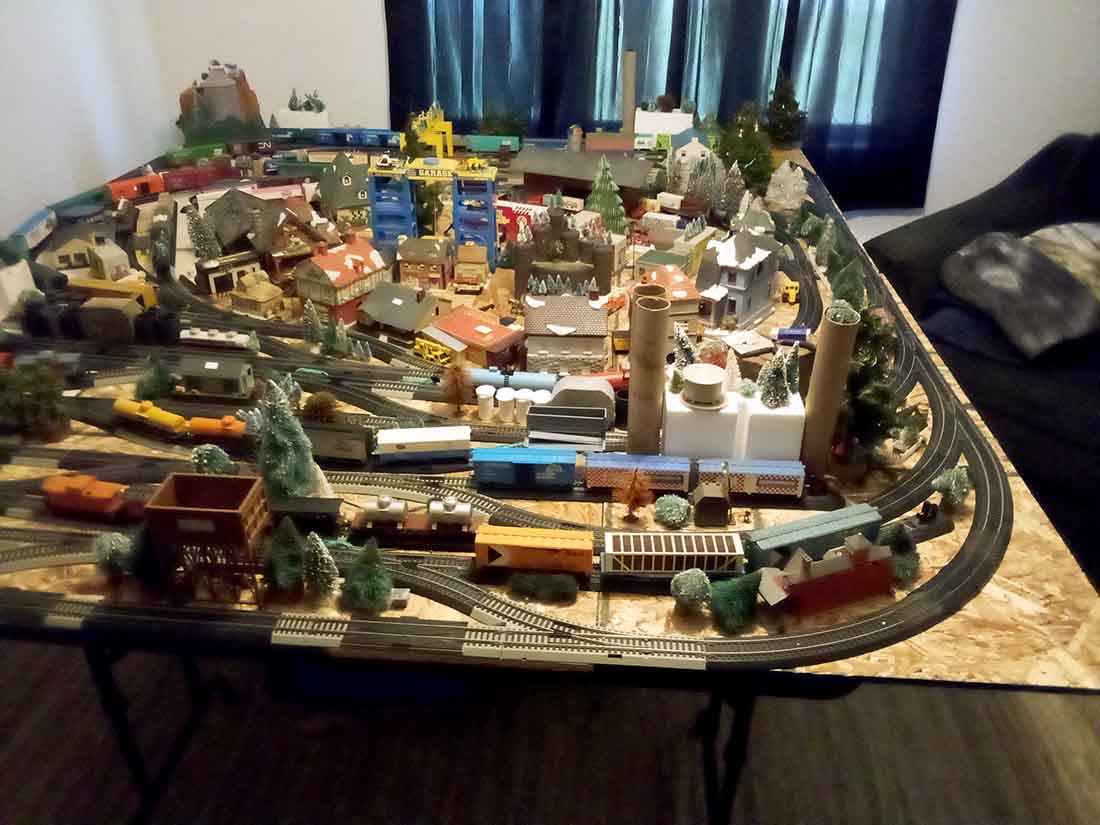
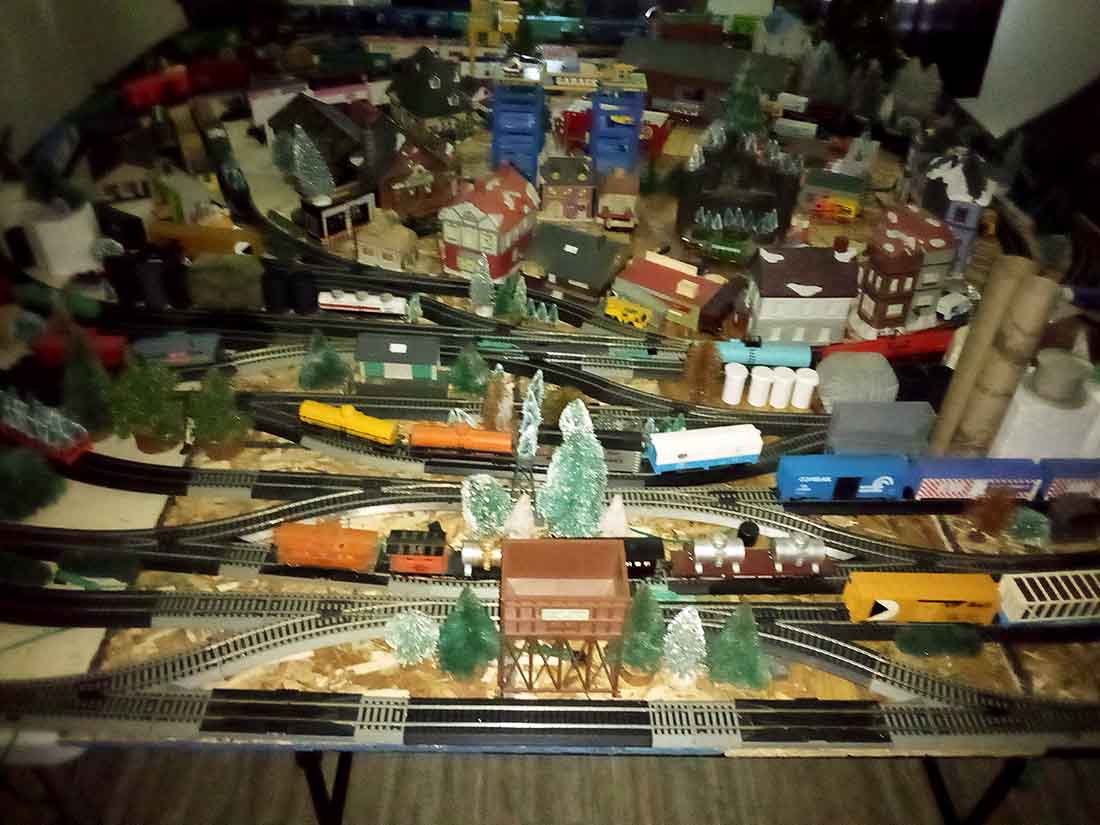

I had the same problem, I couldn’t stop adding buildings to my layout either.
The Critic
Dean’s track cleaning recommendations represent the “best practices” currently promoted by the most respected and experienced folks in the hobby. Here’s an additional technique that is increasingly providing hobbyists with peak operating performance.
After cleaning the rails, and instead of using the NO-OX compound (which can be hard to find), simply drag a graphite pencil along the top-inner edge of the rail surface. Just press-&-drag the pencil head giving a quick, simple swipe, roughly six inches long, repeated every three or four feet. Resist the temptation to over-do it … if you can see the graphite, you’ve put on too much. In time, your locos and rolling stock will distribute the invisible graphite layer over the entire layout.
Graphite is extremely electrically conductive, and in this application, minimizes the micro-arcing that generates the track grime and wheel oxidation that we all know so well. Remember those old O scale locos, sparking away on their 3-rail track, and the smell of ozone in the train room? Well, even the smallest scales generate those same sparks – they are too small to be seen, but this is the micro-arcing which causes accelerated oxidation.
Any art supply shop (eg – Michaels) sells graphite pencils. Buy one of the softer grades (eg – 6B) for best results. The improvement in slow-speed loco crawl, sound reliability, lighted coach performance etc. has to be experienced to be believed. And the best part is, users of graphite are reporting two years or more of daily running without ever having to clean track again. A true game-changer grounded in proven scientific rationale as to WHY it works!
Thank you Dean , I can confirm this is the best way to clean your track. I’ve been doing it on my trains and the result is amazing and effective for some time . Only warning I may add is do not over apply the no ox a special … very thin layer is all it takes .
Wow you got it going on.!!!!!!!!!!!! I only hope mine comes out that good.
I have N scale which is an absolute pain to keep clean. Like Dwight, I have used graphite along the inner rail, and it does help maintain electric contact. For cleaning the rail (and wheels) may I suggest mineral spirits? I use the felt pads sold for putting on the legs of furniture. Seems to work well. Finally, if needed, those rough erasers made for getting rid of ballpoint pen (available at Office Depot or Staples) work very well without doing too much damage to nickel silver.
I did read one article by a reputable expert highly recommending automobile transmission fluid. Another article by another reputable expert warned never use automobile transmission fluid as it can be disastrous on plastc…..
Your best bet is transmission fluid, lightly applied with a damp rag along about three feet of track, according to a vid posted by a club with a very large layout. Then just run the trains, which distributes a thin layer along the rest of the track. Voila, the trains themselves rid the track’s crud.
If you have multiple loops, just repeat for a few loops and then switch the trains from loop to loop.
But don’t spray!!!!! Some modelers.warn that the trans fluid can dissolve plastic,
And never use ANY abrasive material, since the crud gets stick in the scratches and makes your problems even worse.
George
Jeff:
Very interesting layout. Could you send us some videos please ?
having a 5×10 n scale layout i dont have the patience to due all the track. so i use the track cleaning cars or a brite boy. i cant complain about the results… but i may give your system a shot. thanks……